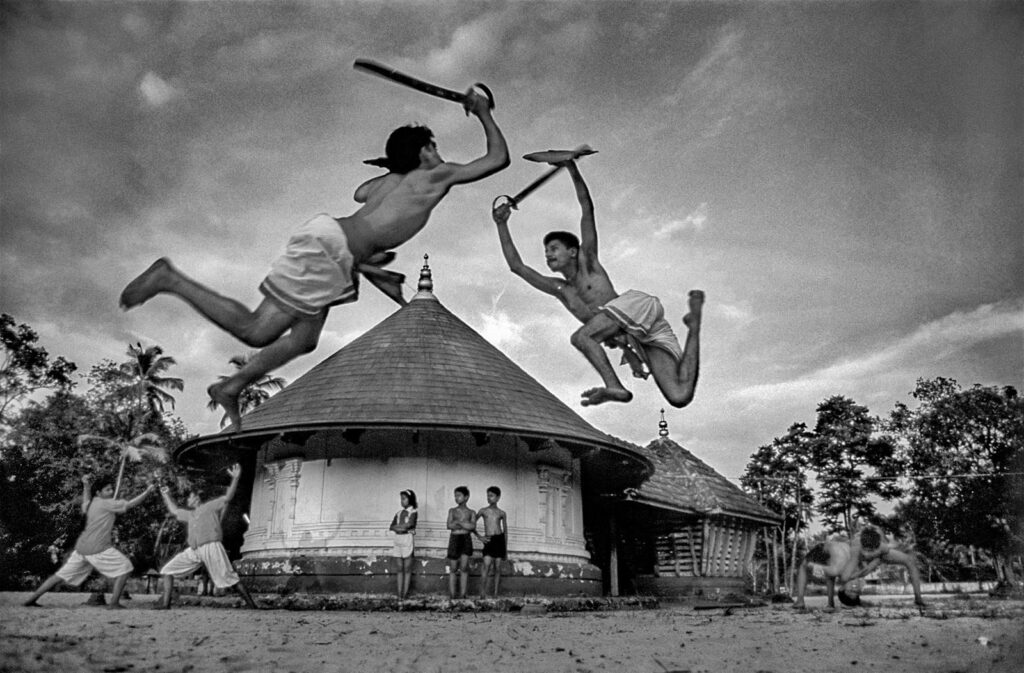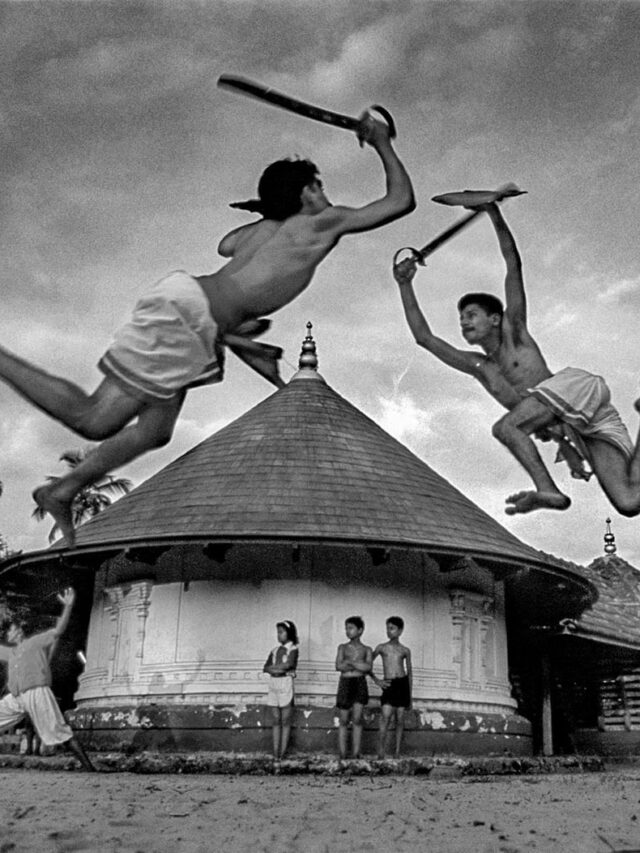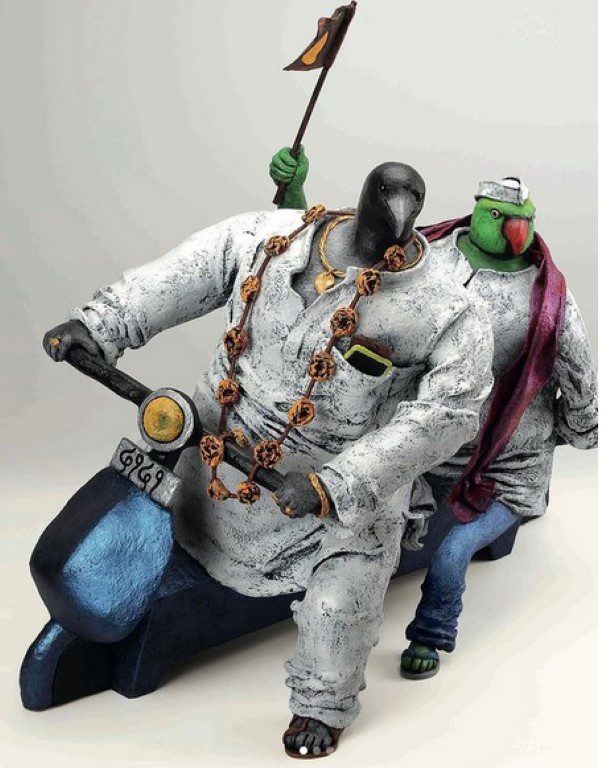India boasts a rich tapestry of photographic talent, with renowned photographers who have left an indelible mark on the world of visual arts. From pioneers who captured the nation’s transition through the lens to contemporary visionaries reshaping perspectives, India’s photography scene is a vibrant mosaic of creativity, diversity, and storytelling. Among the luminaries are Raghu Rai, whose iconic images chronicle India’s socio-political landscape; Dabboo Ratnani, celebrated for his celebrity portraits that blend artistry and allure; and Dayanita Singh, whose evocative compositions explore themes of memory, identity, and the human condition. These photographers, among others, have not only shaped the narrative of Indian photography but have also garnered international acclaim, elevating the country’s visual legacy onto the global stage. This article is a tribute to some of the most famous photographers in India and their talents.
Dabboo Ratnani
Indian fashion, lifestyle, and commercial photographer Dabboo Ratnani is well-known for his yearly calendars, which were initially released in 1999. He has contributed to the development of the collectable celebrity calendar trend in India with this endeavour. He has taken magazine cover photos for publications like ‘GQ,’ ‘Filmfare,’ ‘Hello,’ ‘Stardust,’ ‘Femina,’ and more. He has made television appearances in India’s Next Top Model and the 2006 Miss India panel.

Raghu Rai
Indian photojournalist and photographer Raghu Rai was born in 1942. Henri Cartier-Bresson was his mentor, and it was on his recommendation that he joined Magnum Photos. He worked on special issues and designs for ‘India Today’ from 1982 to 1991, contributing picture essays on social, political, and cultural themes. He was a jury member of the World Press Photo from 1990 until 1997. Raghu Rai’s books, ‘India: Reflections in Color’ and ‘Reflections in Black and White’ in particular, are well-known. ‘Exposure: A Corporate Crime,’ a picture book written by Raghu Rai, detailed the 1984 Bhopal chemical accident and its lingering effects on the lives of those affected by it. His photo essays were published in ‘Time,’ ‘The New York Times,’ ‘The Sunday Times,’ and ‘The New Yorker,’ among other publications. He has worked for ‘The Statesman,’ ’The Sunday,’ and ‘Magnum Photos.’
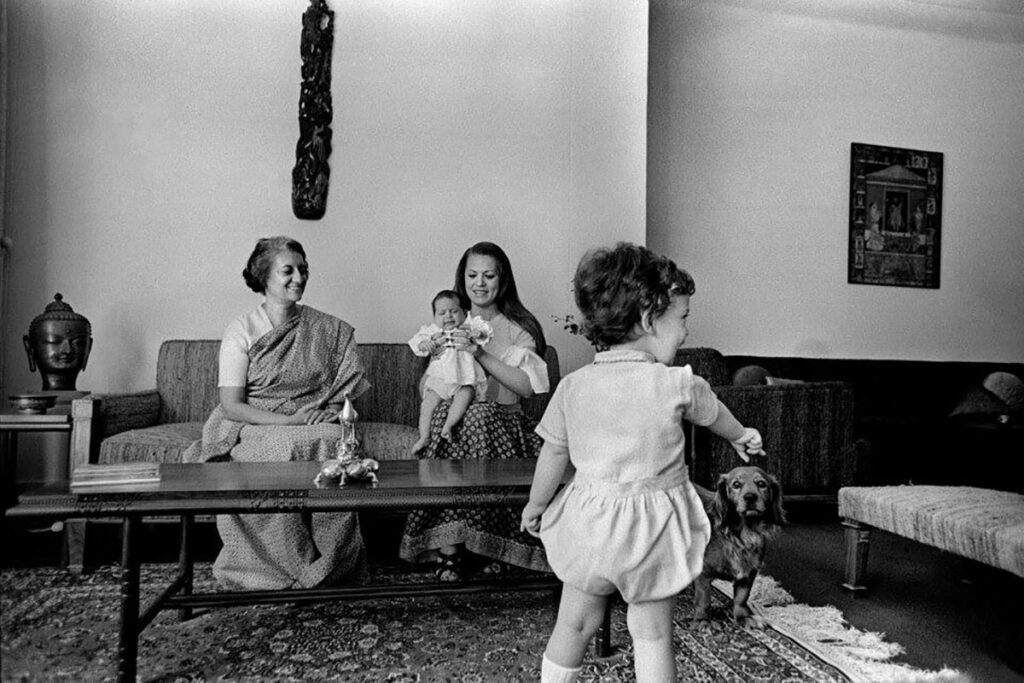
Atul Kasbekar
Atul Kasbekar is an Indian fashion photographer who was born on April 22, 1965. His professional career as a photographer started in 1991 when he established the Negative Space studio. He credits his career’s beginning with commercial assignments at Lintas advertising and for Vadilal. Atul Kasbekar is perhaps most recognised for photographing swimsuit models for the Kingfisher Calendar. He was the Photographer’s Guild of India’s honorary chairman. Kasbekar founded Corporate Image, an identity and image management firm in 2006. In 2007, he founded Bling! Entertainment Solutions, a celebrity management company.

Rathika Ramasamy
Indian wildlife photographer Rathika Ramasamy is often credited for being the first Indian woman to achieve international acclaim as a wildlife photographer. Following her career as a software engineer, she developed a passion for wildlife photography and travelled to numerous national parks in Tanzania, Kenya, and India. One of the original members of the Photography Arts Association of India, Rathika Ramasamy self-published her book ‘The Best of Wildlife Moments,’ in 2014. In September 2005, her photographs were displayed at the ‘Clean Ganga Campaign.’ She was the only woman to be selected as one of the Top 20 best photographers in India by ‘Birds of India’ in 2008. She teaches wildlife photography workshops in addition to taking part in wildlife exhibitions.
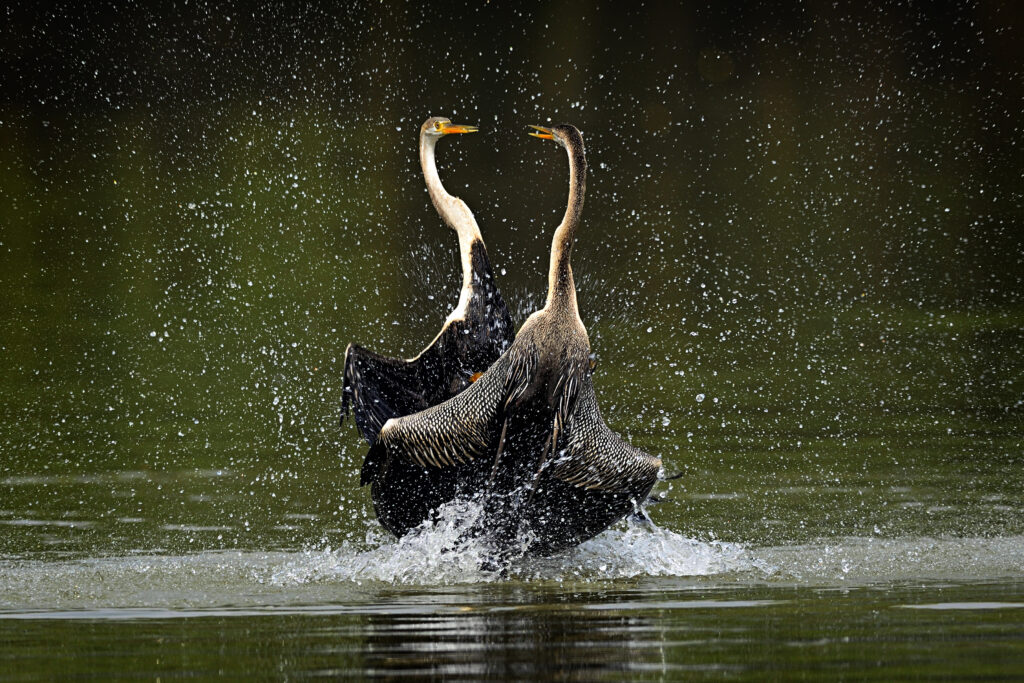
Sudhir Shivaram
Indian photographer Sudhir Shivaram was born in 1972. His photography is primarily concerned with promoting environmental preservation and wildlife conservation. He teaches wildlife photography full-time. In 2012, he was recognized as Sanctuary Asia’s ‘Wildlife Photographer of the Year.’ Sudhir Shivaram was Canon’s brand ambassador. He is one of the founders of ‘India Nature Watch,’ a nonprofit photo-sharing website. The September 2013 cover of National Geographic Traveler India, which included an image of Sudhir, won the Yellow Border Award at the 2014 Worldwide Editorial Awards for the best cover among the magazine’s 14 language editions worldwide.
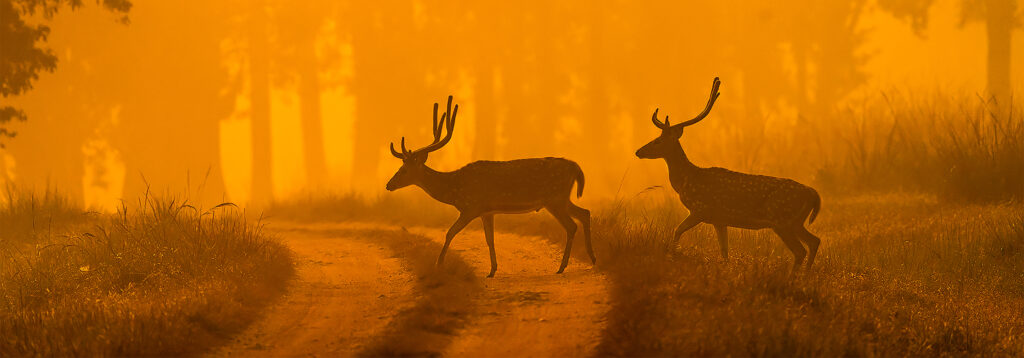
Sunil Gupta
London-based Indian-Canadian photographer Sunil Gupta was born in 1953. His photography addresses issues of sexual identity, migration, race, and family in reaction to the injustices experienced by gay men. Sunil Gupta is a prolific author whose work can be found in the collections of Tate, the Philadelphia Museum of Art, and MOMA in New York. He received an Honorary Fellowship from the Royal Photographic Society in 2020.
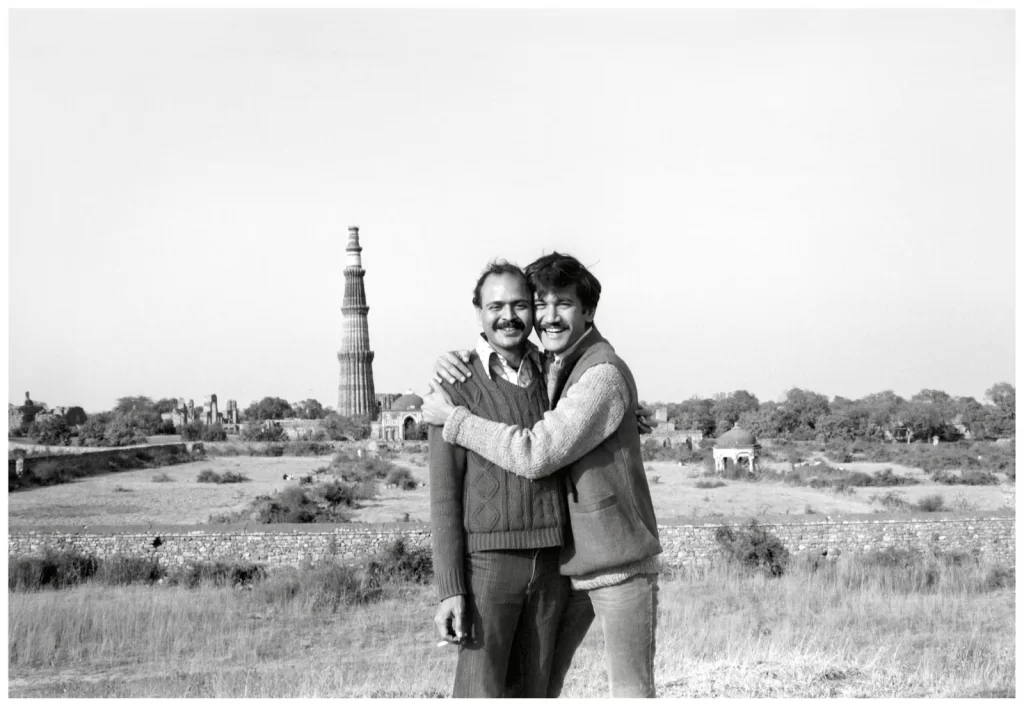
Varun Aditya
Varun Aditya is an Indian wildlife photographer and environmentalist. In 2016, he won first place as the National Geographic Nature Photographer of the Year. He won the coveted first place in the National Geographic Photographer of the Year competition under the Animal Portraits category. His amazing shot featured a captivating image of a green vine snake. Tim Cook of Apple revealed Varun Aditya’s shot on the 2019 World Photography Day, which features magnificent elephants exquisitely framed against a striking double rainbow.
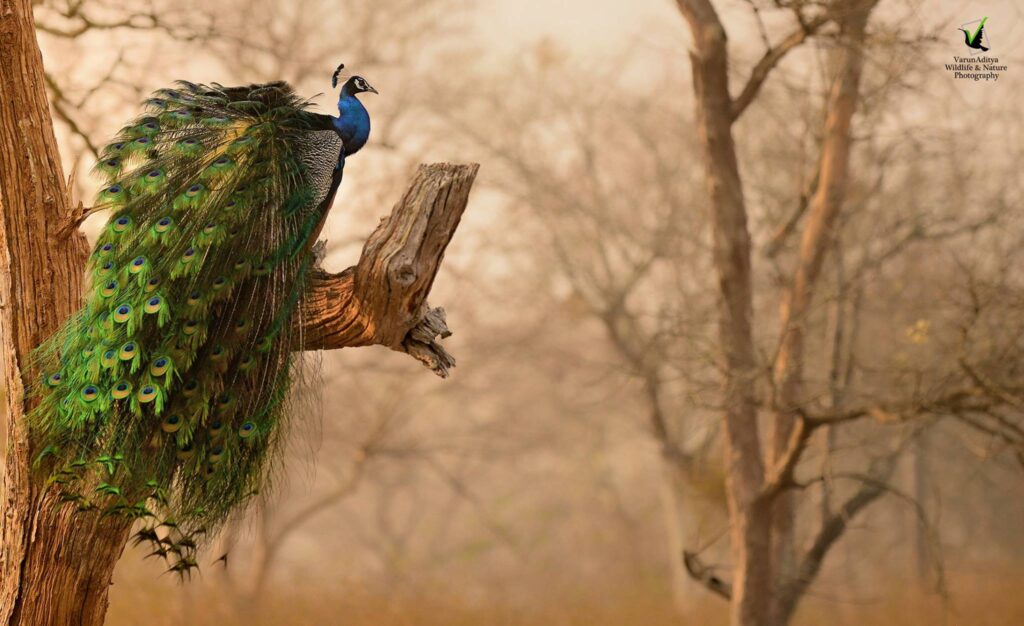
Dayanita Singh
Indian photographer Dayanita Singh was born on March 18, 1961, and has fourteen picture books to her credit. She has produced several ‘book-objects.’ These are simultaneously books, artwork, exhibitions, and catalogues. Dayanita Singh’s interest in the poetic and narrative potential of sequence and re-sequence has been explored through this medium, which has enabled her to both create and disrupt photographic patterns. She rarely adds text to her books—instead, she lets the images tell the story. She explores how people relate to photographic images by experimenting with different approaches to producing and viewing photographs, which furthers these ideas.
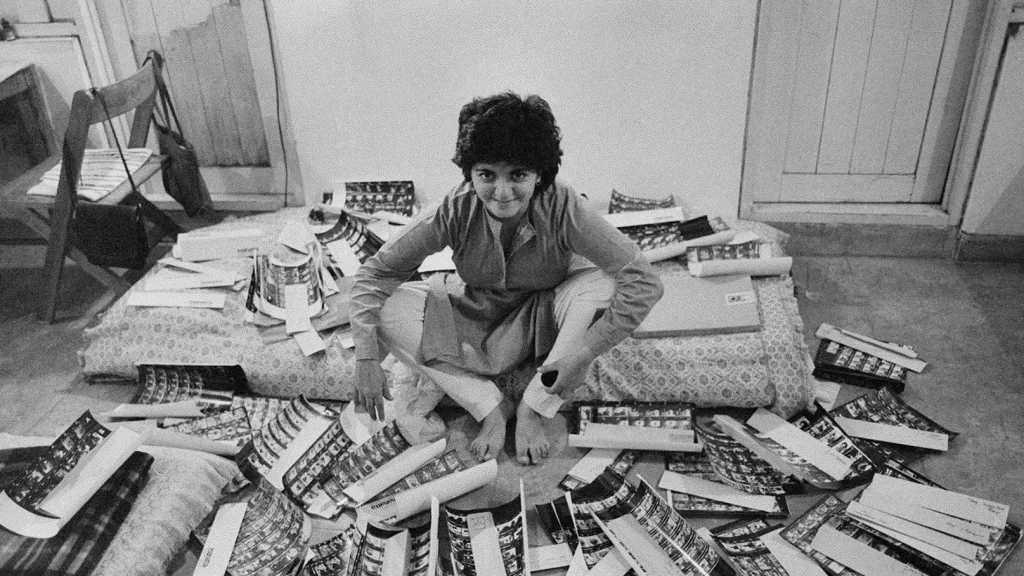
Prabuddha Dasgupta
Prabuddha Dasgupta was an Indian fashion and fine art photographer. He spent more than three decades working as a fashion photographer and is well-known for his black-and-white images. One of his books, ‘Women’ (1996), featured a series of urban Indian women’s portraits and tasteful nudes. Prabuddha Dasgupta has worked with ‘GQ,’ ‘Harper’s Bazaar,’ ‘Elle,’ and ‘Vogue.’ He also released the books ‘Ladakh’ (2000), which featured landscapes of Ladakh, and ‘Edge of Faith’ (2009), which featured portraits of the Catholic community in Goa and was written by William Dalrymple.
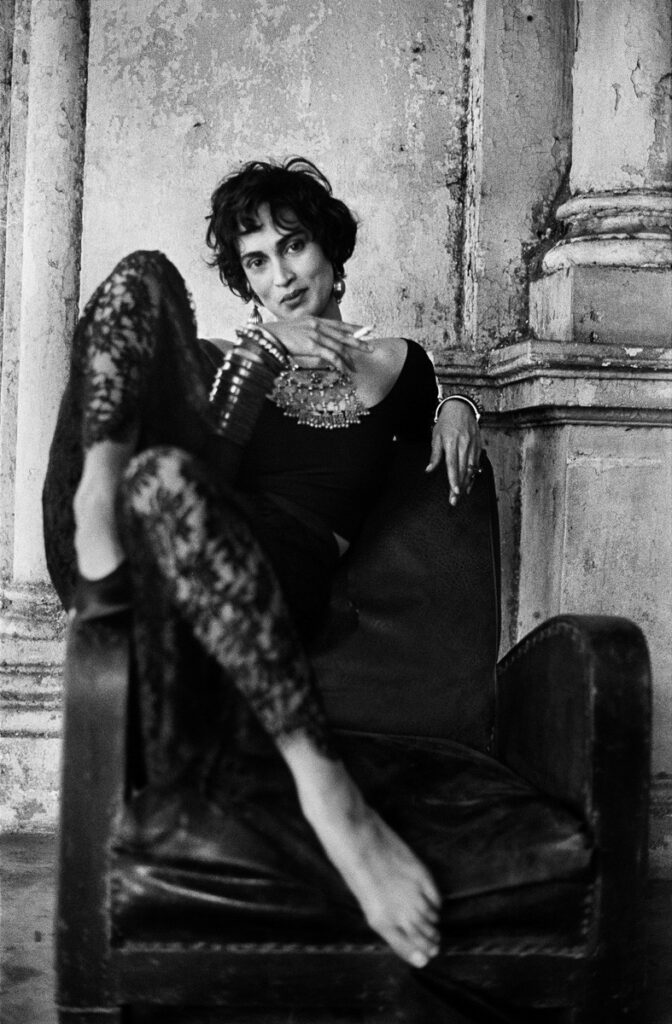
Gauri Gill
Gauri Gill is a contemporary Indian photographer who was born in 1970. Gill received The Grange Prize, Canada’s highest honour for contemporary photography in 2011. An intersection between documentary and activism, her works portray the artist’s frequently intimate relationships with her subjects while addressing everyday heroism in difficult environments. She curated the 2012 exhibition ‘Transportraits: Women and Mobility in the City,’ which examined the experiences and safety of street-dwelling women. She has been working on ‘Fields of Sight’ since 2013 with renowned Warli artist Rajesh Vangad, fusing the modern language of photography with the age-old one of Warli drawing to jointly create new narratives.

Ram Rahman
Indian contemporary photographer and curator Ram Rahman is well-known as one of the founding members of the Safdar Hashmi Memorial Trust, an association of artists and academics based in Delhi that works to advance secularism and cultural pluralism in India. Rahman, who produces both colour and monochrome images, is well-known for his street shots of India and his environmental portraits of thinkers and artists.
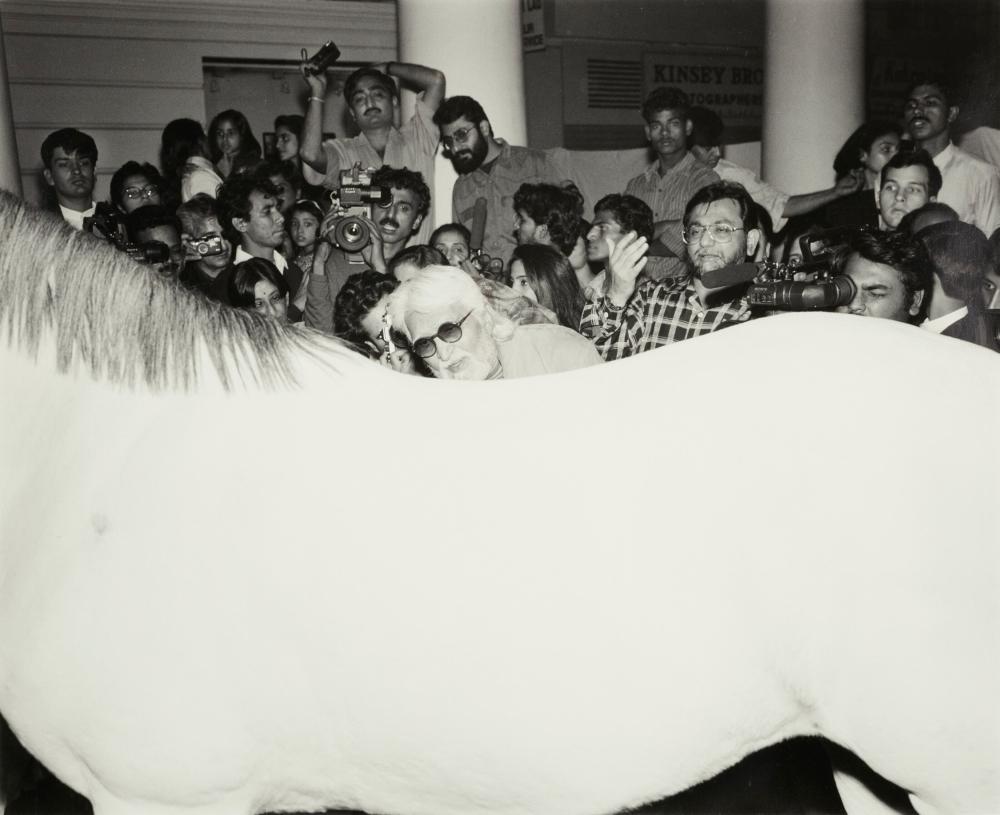
Sohrab Hura
Indian photographer Sohrab Hura was born on October 17, 1981. He is a ‘Magnum Photos’ member. The books ‘Life is Elsewhere’ (2015), ‘A Proposal for Departure’ (2017), and ‘Look It’s Getting Sunny Outside!!!’ (2018) are part of his self-published trilogy ‘Sweet Life;’ the latter was nominated for Photobook of the Year at the ‘Paris Photo–Aperture Foundation PhotoBook Awards.’ Sohrab Hura’s relationship with his mother, who was diagnosed with paranoid schizophrenia in 1999, is the central theme of his ‘Sweet Life’ trilogy.
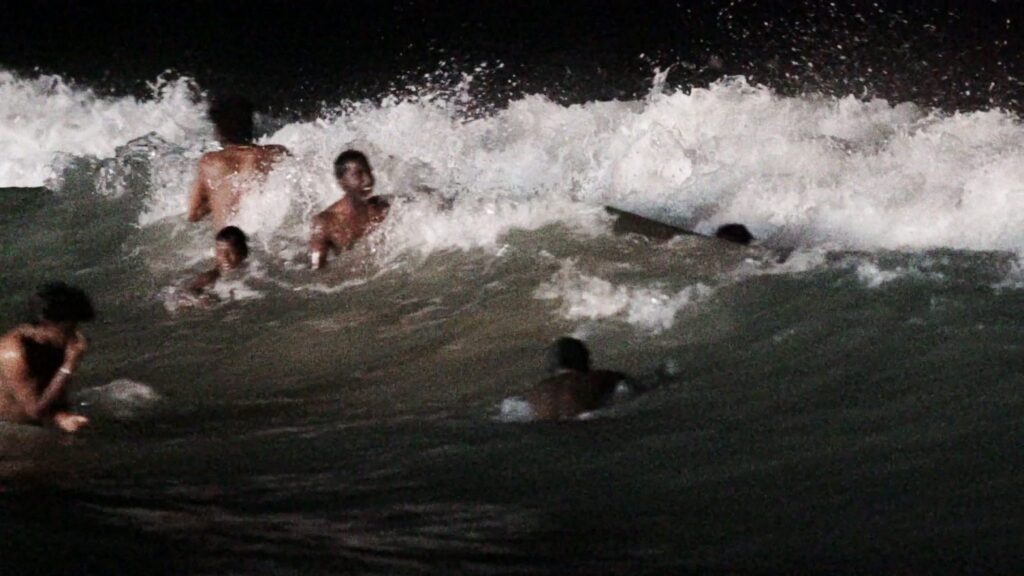
Gautam Rajadhyaksha
Gautam Rajadhyaksha was a prominent fashion photographer in India. Having taken pictures of practically every icon in the Indian film industry, he was one of the most well-known celebrity portraitists in the country. He was employed by ‘Filmfare,’ ‘Stardust,’ ‘Cineblitz,’ and ‘The Illustrated Weekly of India.’ Gautam Rajadhyaksha published ‘Faces,’ a coffee table book, in 1997. It featured profiles of forty-five movie stars, starting with Durga Khote and concluding with Aishwarya Rai. Apart from his photography, he has penned newspaper columns and screenplays for movies.

Pablo Bartholomew
Pablo Bartholomew is an independent photographer and photojournalist from India. The Indian government bestowed upon him the Padma Shri in 2013. He made ‘Thru Pablo’s Eyes’ in the 1970s, a rock music-based piece that featured live performers, slide and film projection, and audio. For his series ‘Time is the Mercy of Eternity,’ which focused on morphine addicts in India, he was granted the First Prize by ‘World Press Photo’ in 1975. He has covered many significant events, including the 1984 Bhopal gas tragedy, Indira Gandhi’s funeral, the Hindu-Sikh riots, the emergence of the Khalistani movement, Rajiv Gandhi’s political career, Mother Teresa’s funeral, the cyclones in Bangladesh, the Nellie conflict in Assam, and the destruction of the Babri Masjid.
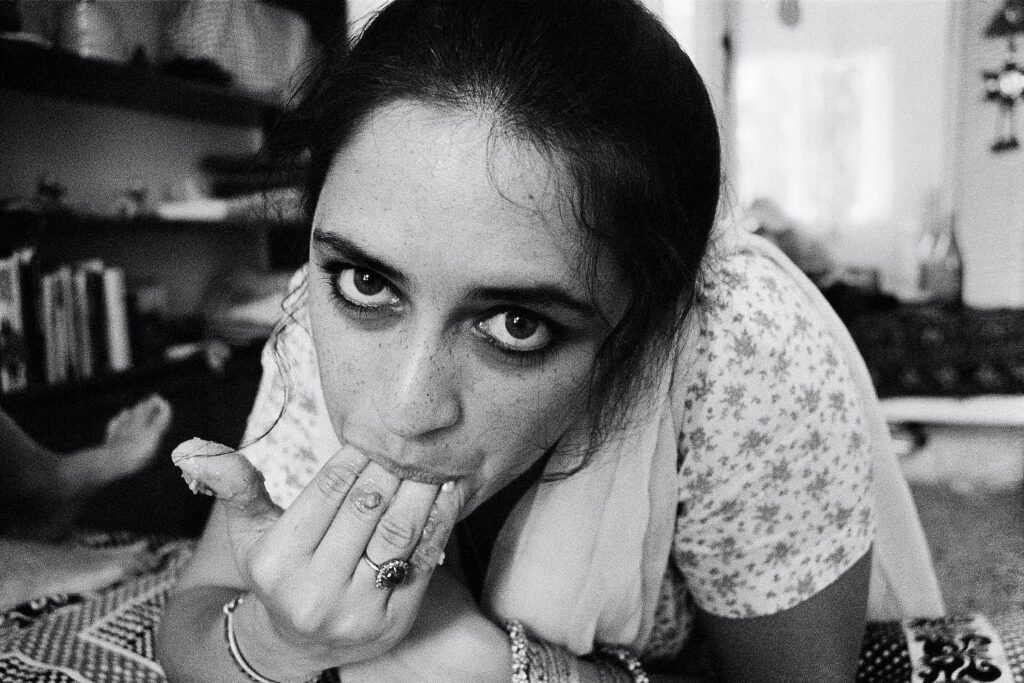
Pushpamala N.
Photographer and visual artist Pushpamala N. received her formal training as a sculptor before deciding to pursue her interest in narrative figuration through photography. Given that she regularly uses herself as a model in her work, her style of photography has been characterized as performance photography. She is well-known for her adamantly feminist writing, as well as for accepting many realities and rejecting authenticity. Her historic show ‘Excavations’ in 1994 was greatly influenced by the destruction of the Babri Masjid and the ensuing intercommunal violence, particularly the Bombay riots in 1992–1993. She played a variety of roles in her ‘photo-romances,’ which offer a critique of modern society by referencing mythology, popular culture, and historical events while sprinkling humour and wit in between.
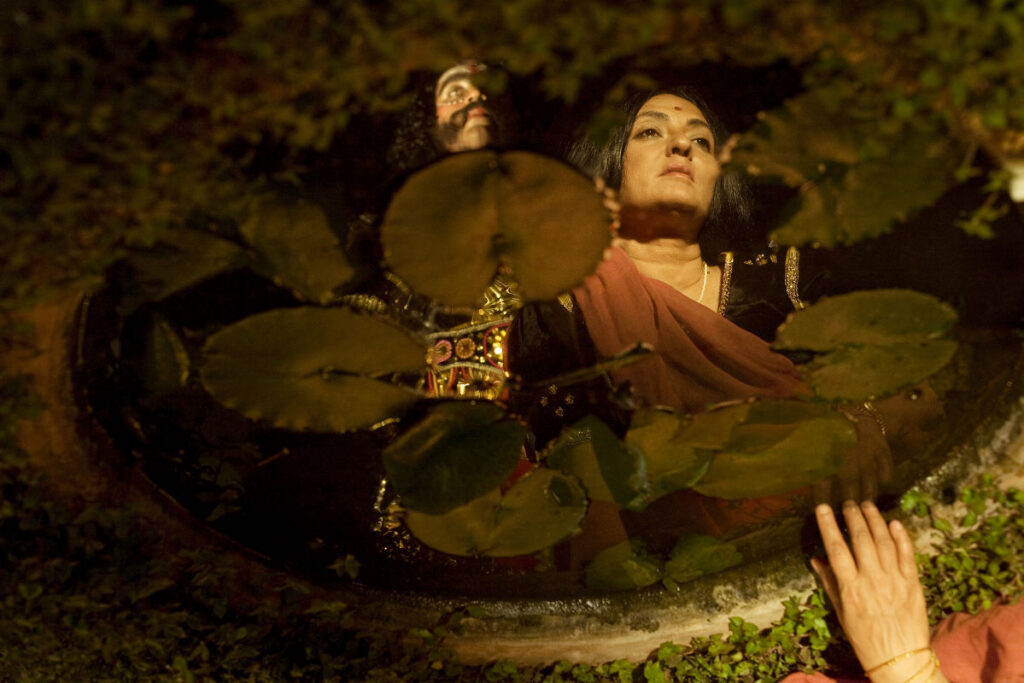
Sooni Taraporevala
Filmmaker, photographer, and screenwriter Sooni Taraporevala is a Padma Shri holder, having won the award in 2014. Her photographic works can be found in the permanent collections of the Metropolitan Museum of Art in New York and the National Gallery of Modern Art (NGMA) in Delhi. Her self-published book, ‘Parsis, the Zoroastrians of India: A Photographic Journey, 1980-2000,’ (2000) is the first and only visual documentation of the Parsi community. The book describes the traditionally closed-off community since their persecution in Persia.
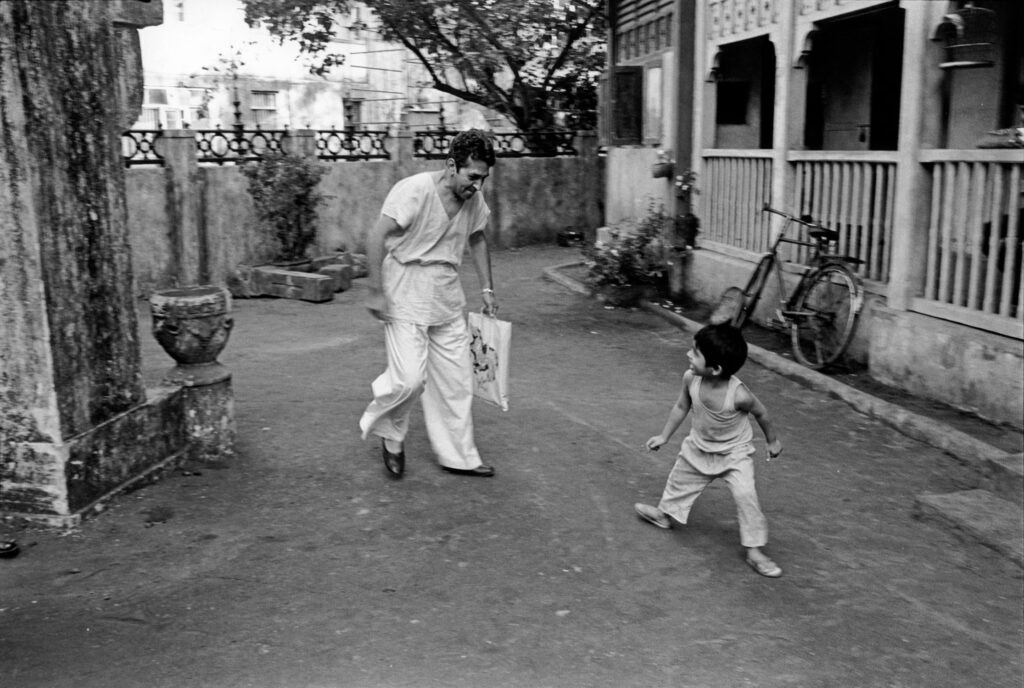
Jayanth Sharma
Jayanth Sharma is a wildlife photographer from India. He has taken pictures in India, Antarctica, Africa, and Norway. He has contributed travel and photography-related articles to ‘Deccan Chronicle,’ ‘Outlook India,’ and ‘The Asian Age.’ Sharma established ‘Toehold’ in 2010, a photography and travel agency that offers photographer mentorship. He teamed up with Amazon India in 2018 to teach online ‘Shutterbug’ photography classes.

Ketaki Sheth
With nearly 40 years of experience, Ketaki Sheth was a dedicated analogue photographer who exclusively used black and white film until 2014. Her photography consistently emphasizes people in their daily environments. With her trademark empathy, Ketaki Sheth captures the reality of her surroundings through a documentary style full of responsive awareness. She travelled to Sidi villages in remote parts of western India for several years in the late 1980s, photographing people going about their daily lives. Ketaki developed a special rapport with the close-knit Sidi community and produced a rich portfolio of black-and-white, square-format photographs that delicately capture the community’s story. The 2013 publication was titled ‘A Certain Grace: The Sidi, Indians of African Descent.’

Image Courtesy – Nitin Rai

